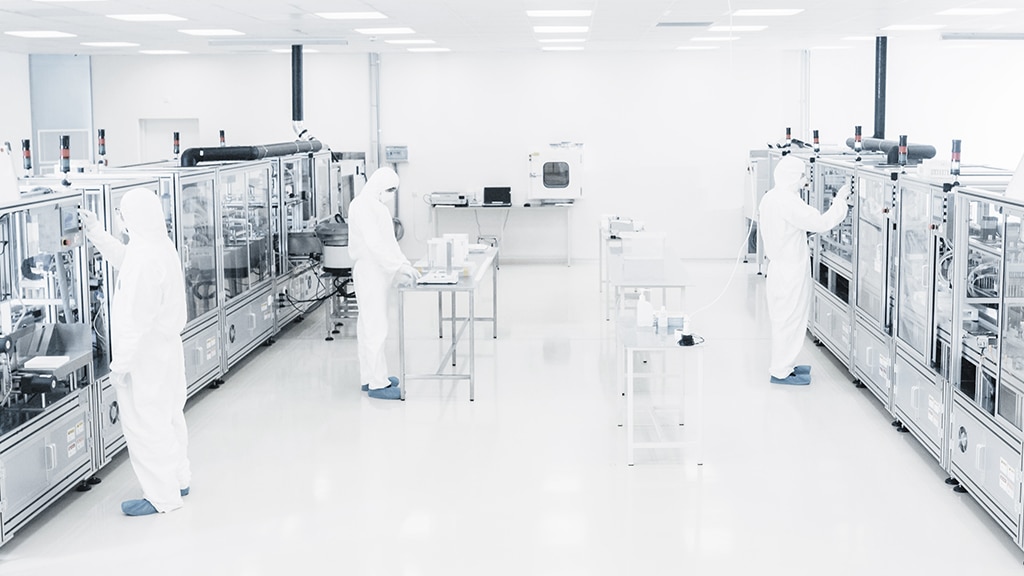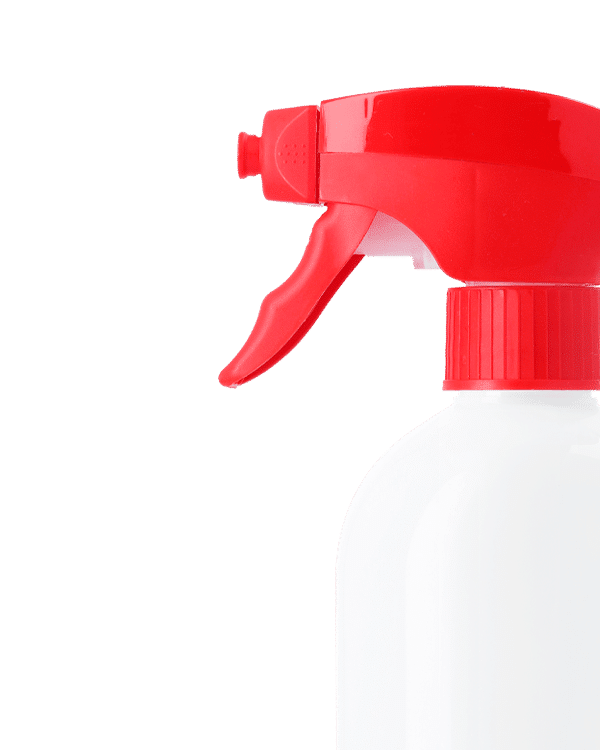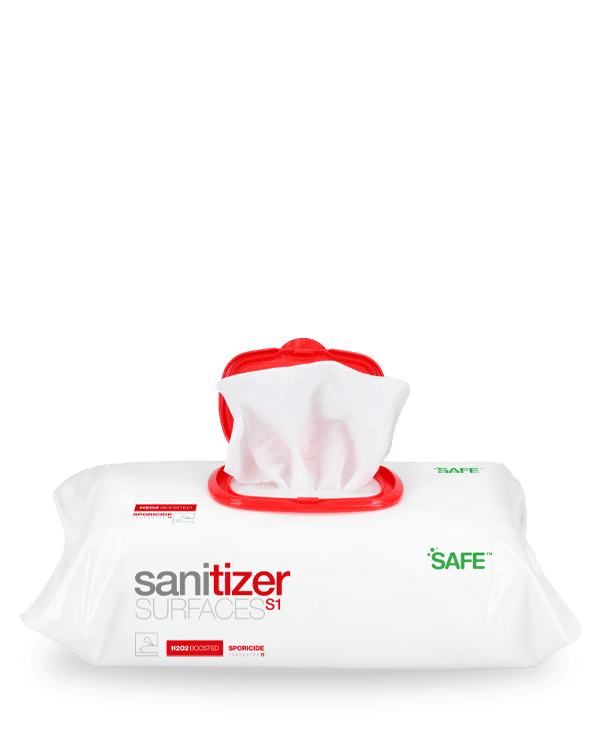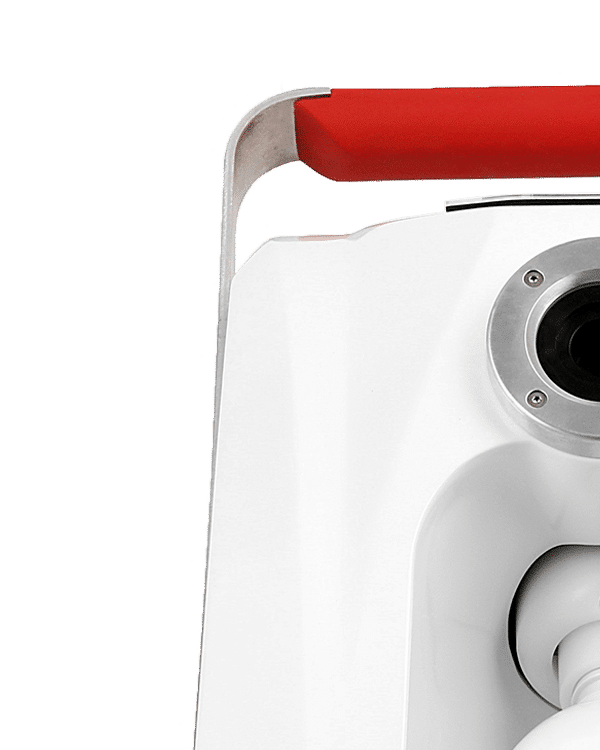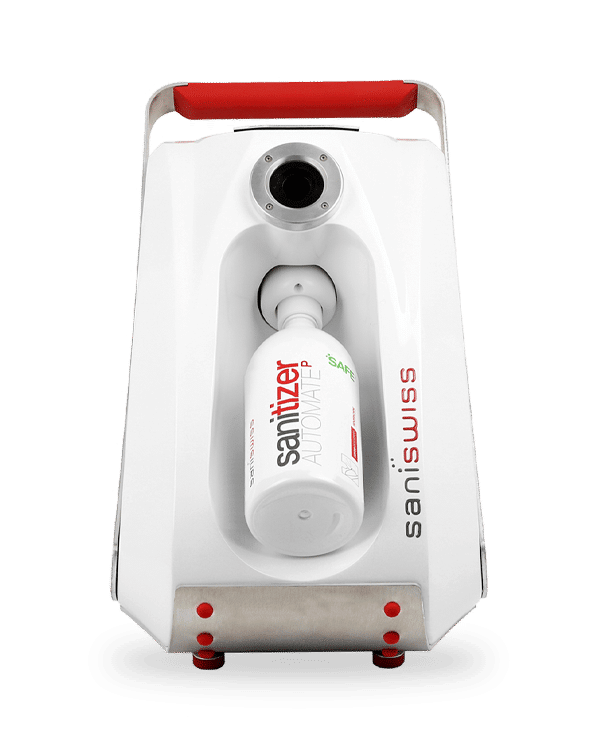In the late 1920s, Sir Alexander Fleming discovered that the fungi Penicillium notatum was able to inhibit the growth of his bacterial cultures. Penicillin discovery has initiated the beginning of an antibiotic discovery era, where several antibiotics classes were discovered, allowing to target most of the bacteria-related diseases at that time. Antibiotics were able to increase life expectations ncy by 10 years, their fame and success then followed exponentially.
Antibiotics are mostly made by protein synthesis, so they are natural products. They directly target bacteria, without affecting the host cells, and they inhibit at least one of their replication steps, which causes their death thus prevents their proliferation.
From microorganisms to multi-drug resistant organisms
Despite their natural appeal, Antibiotics should be taken cautiously. In most developing nations they are easily available and mostly unnecessarily taken: As of today, there is still a significative amount of educated people convinced that Antibiotics will help or cure a viral infection.
Moreover, if the recommended prescription is not fulfilled e.g. if the dose taken is lower than the prescribed dose, or if the duration of treatment is not respected, the therapeutic dose is not reached, and bacteria causing the infection will be able to survive in presence of the antibiotic, and by selective pressure, develop resistances.
This type of resistance is located in the bacterial genome and will be transmitted to the next bacterial generations by vertical gene transfer.
Additionally, different bacterial species can communicate with each other by horizontal gene transfer, and acquire antibiotic resistance genes without being in contact with those antibiotics.
Therefore, several microorganisms can become resistant to one or more antimicrobial species, becoming multi-drug resistant organisms (MDROs).

MDROs in Healthcare settings and why such a serious concern?
Today, the most widely spread MDROs in healthcare settings are : methicillin-resistant Staphylococcus aureus (MRSA), Staphylococcus aureus with resistance to vancomycin (VISA/VRSA), vancomycin-resistant Enterococci (VRE), extended-spectrum beta-lactamase-producing gram-negative bacilli (ESBLs), multidrug-resistant Streptococcus pneumoniae (MDRSP), carbapenem-resistant enterobacteriaceae (CRE), and multidrug-resistant Acinetobacter.
There are multiple ways to catch an infection, for example, having low immune defenses, being in contact with contaminated objects or suspended air particles. MDROs prevalence is increasing worldwide, and at the same time, there are fewer and fewer treatment alternatives due to their multiple resistances.
The situation is getting worse every year, causing countless MDROs outbreaks worldwide, and tens of thousands of victims. It is estimated that by the year 2050, more people will die because of MDRO infections than because of cancer.MDROs infections also have an « economic burden » in healthcare institutions, due to expensive treatments that sometimes do not work, longer hospital stays, etc.
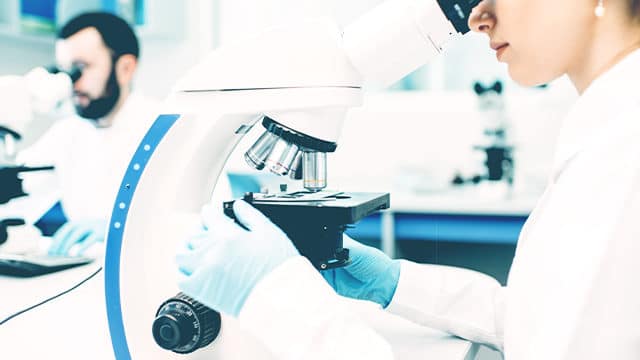
How to prevent the spread of MDROs?
Infection can be seen as a chain, composed of several contributory elements, of which, the modes of transmission or how microorganisms are transferred from one reservoir to another.
First of all, compliant alcohol-based hand rub use is essential for preventing transmission by hand contact.
Secondly, institutions are isolating infected patients in single rooms and establishing specific contact precautions, so they do not contaminate nurses, nurse-aids or other patients. However, it was found that the risk of acquiring an MDRO infection was higher when the room was previously occupied by MDRO-infected patient. Considering that several MDROs can survive for several months on dry surfaces and cause cross-infections. This finding highlights a lack of compliance in environmental hygiene.
One way to prevent the spread of MDROs is to act on the modes of transmission, one of them being inanimate objects and surfaces, particularly High-touch Areas (HTA) which were proven to be MDROs reservoirs, therefore a direct source of cross-infections.
Today, improving environmental hygiene practices has become a priority for a lot of healthcare institutions. They are investing more time and resources in staff training and audits, and are also starting to switch to oxidative technologies (e.g. H2O2), and the early results are promising.
However, infection rates do not seem to decrease down to a certain level, which may show that manual disinfection is sometimes not enough. Terminal room disinfection systems are becoming methods of choice to complement manual cleaning, to avoid human error and to reach reproducible results.
Scientific findings prove that the most beneficial system for room decontamination is aerosolized Hydrogen Peroxide which is free from silver salts. It is a cost-effective system that is highly efficacious (up to 7-log reduction) and also environmentally friendly.
Bibliography
- Zaman, S. B., Hussain, M. A., Nye, R., Mehta, V., Mamun, K. T., & Hossain, N. (2017). A Review on Antibiotic Resistance: Alarm Bells are Ringing. Cureus, 9(6), e1403. doi:10.7759/cureus.1403
- Frieri, K. Kumar, A. Boutin. (2017). Antibiotic resistance. Journal of Infection and Public Health, 10(4), (369-378). doi:10.1016/j.jiph.2016.08.007.
- A.Marra, M. Schweizer, M.Edmond (2018). No-Touch Disinfection Methods to Decrease Multidrug-Resistant Organism Infections: A Systematic Review and Meta-analysis. Infection Control & Hospital Epidemiology, 39(1), 20-31. doi:10.1017/ice.2017.226.
- B.G. Mitchell, L. Hall, N. White, A.G. Barnett, K. Halton, D. L. Paterson (2019). An environmental cleaning bundle and health-care-associated infections in hospitals (REACH): a multicentre, randomised trial. The Lancet Infectious Diseases. 19(4), 410-418. doi: 10.1016/S1473-3099(18)30714-X.
- Shams, A., Rose, L., Edwards, J., Cali, S., Harris, A., Jacob, J., . . . Noble-Wang, J. (2016). Assessment of the Overall and Multidrug-Resistant Organism Bioburden on Environmental Surfaces in Healthcare Facilities. Infection Control & Hospital Epidemiology, 37(12), 1426-1432. doi:10.1017/ice.2016.198.
- D.J. Anderson, L.F. Chen, D.J. Weber, R.W. Moehring. (2017). Enhanced terminal room disinfection and acquisition and infection caused by multidrug-resistant organisms and Clostridium difficile (the Benefits of Enhanced Terminal Room Disinfection study): a cluster-randomised, multicentre, crossover study, The Lancet, 389(10071), 805-814,doi:10.1016/S0140-6736(16)31588-4.
- Dix ans d’évolution des consommations d’antibiotiques en France (2011), AFSSAPS.
- Baranovsky, E, Jumas-Bilak, P. Licznar-Fajardo, V. Alarcon, S. Parer, S. Romano-Bertrand. Étudier les réservoirs de bactéries responsables d’infections associées aux soins pour mieux les détecter : le cas des bactéries productrices de carbapénèmases. (2019) Hygiènes, 1: 27-32. doi: 10.25329/hy_xxvii_1-2.
- Siani, J.Y. Maillard. (2015). European Journal of Clinical Microbiology & Infectious Diseases, 34(1), 1-11. doi:10.1007/s10096-014-2205-9.
- Peters, A., Otter, J., Moldovan, A., Parneix, P., Voss, A., & Pittet, D. (2018). Keeping hospitals clean and safe without breaking the bank; summary of the Healthcare Cleaning Forum 2018. Antimicrobial Resistance and Infection Control, 7, 132. doi:10.1186/s13756-018-0420-3.
- Freyssenet, S. Karlen .(2018). Plasma-Activated Aerosolized Hydrogen Peroxide (aHP) in Surface Inactivation Procedures. Applied Biosafety: Journal of ABSA International, 24:1, 10-19. doi:10.1177/1535676018818559.
